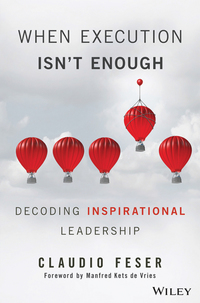Question
PLEASE ANSWER ALL THE QUESTIONS: Its been 2 months since you took a position as an assistant financial analyst at Caledonia Products. Although your boss
PLEASE ANSWER ALL THE QUESTIONS:
Its been 2 months since you took a position as an assistant financial analyst at Caledonia Products. Although your boss has been pleased with your work, he is still a bit hesitant about unleashing you without supervision. Your next assignment involves both the calculation of the cash flows associated with a new investment under consideration and the evaluation of several mutually exclusive projects.
Given your lack of tenure at Caledonia, you have been asked not only to provide a recommendation but also to respond to a number of questions aimed at judging your understanding of the capital-budgeting process. The memorandum you received outlining your assignment follows:
We are considering the introduction of a new product. Currently we are in the 34 percent marginal tax bracket with a 15 percent required rate of return or cost of capital. This project is expected to last 5 years and then, because this is somewhat of a fad product, be terminated. The following information describes the new project:
Cost of new plant and equipment: $7,900,000
Shipping and installation costs: $100,000
Sales price per unit: $300/unit in years 1 through 4, $260/unit in year 5
Variable cost per unit: $180/unit
Annual fixed costs: $200,000 per year in years 15
Working-capital requirements:
There will be an initial working-capital requirement of $100,000 just to get production started. For each year, the total investment in net working capital will be equal to 10 percent of the dollar value of sales for that year. Thus, the investment in working capital will increase during years 1 through 3, then decrease in year 4. Finally, all working capital is liquidated at the termination of the project at the end of year 5.
Use the simplified straight-line method over 5 years. Assume that the plant and equipment will have no salvage value after 5 years.
Year Units Sold
1 70,000
2 120,000
3 140,000
4 80,000
5 60,000
The purpose/risk classes and preassigned required rates of return are as follows:
- Replacement decision 12%
- Modification or expansion of existing product line 15%
- Project unrelated to current operations 18%
- Research and development operations 20%
a. Should Caledonia focus on cash flows or accounting profits in making its capital-budgeting decisions? Should the company be interested in incremental cash flows, incremental profits, total free cash flows, or total profits?
b. How does depreciation affect free cash flows?
c. How do sunk costs affect the determination of cash flows?
d. What is the projects initial outlay?
e. What are the differential cash flows over the projects life?
f. What is the terminal cash flow?
g. Draw a cash-flow diagram for this project.
h. What is its net present value?
i. What is its internal rate of return?
j. What is its modified internal rate of return?
k. Should the project be accepted? Why or why not?
l. In capital budgeting, risk can be measured from three perspectives. What are those three measures of a projects risk?
m. Explain how simulation works. What is the value in using a simulation approach?
n. What is sensitivity analysis and what is its purpose?
Step by Step Solution
There are 3 Steps involved in it
Step: 1

Get Instant Access to Expert-Tailored Solutions
See step-by-step solutions with expert insights and AI powered tools for academic success
Step: 2

Step: 3

Ace Your Homework with AI
Get the answers you need in no time with our AI-driven, step-by-step assistance
Get Started


